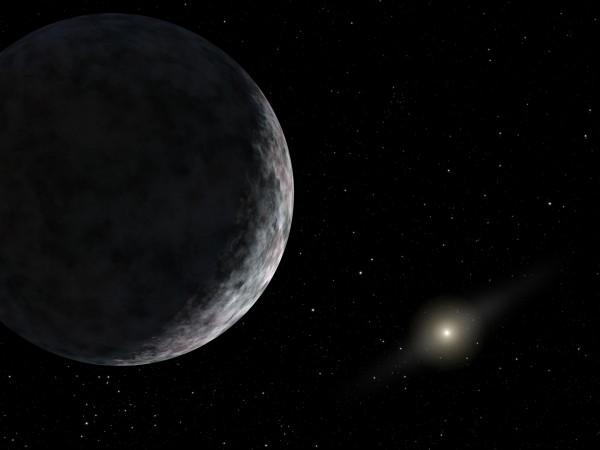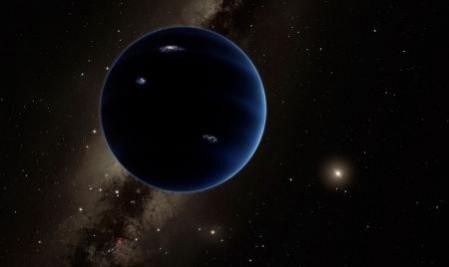
There is something out there, beyond Neptune - it is large and dense, affecting the orbit of dwarf planets just outside the Solar System. Dubbed Planet Nine, this mysterious body could actually be a cluster of asteroids and other space rocks that are firing comets into the Solar System.
Dwarf planets like Sedna, reports Cnet, have strange orbits around the Sun and one of the reasons for this could be a yet-to-be-seen ninth planet that is large enough, or with enough mass to exert gravitational tugs on them.
A new theory put forward by scientists can both explain this strange behaviour of dwarf planets as well as possibly explain the fate of dinosaurs, notes the report. It could be a large cluster of asteroids, collectively exerting enough gravitational force to push and pull at rocks in deep space. This could also be why these dwarf planets seem "detached" from the rest of the Solar System, which more or less work as a unit.
"There could be thousands of these (smaller) bodies out there waiting to be detected," said Jacob Fleisig, of the University of Colorado at Boulder who presented this new research earlier this week at the American Astronomical Society meeting.

Researchers found that small, icy rocks in deep space seem to orbit the Sun faster than their substantially larger neighbours like Sedna.
"You see a pileup of the orbits of smaller objects to one side of the sun," Fleisig said. "These orbits crash into the bigger body, and what happens is those interactions will change its orbit from an oval shape to a more circular shape."
Sedna's orbit, because of these smaller planet nine bodies can appear to transition from being detached and circular in its path and then transition into a more normal orbit, notes the report.
The gravitational force that these bodies have could also influence comets and change their trajectories. It could have even been responsible for the asteroid that wiped out the entire species of dinosaurs from Earth, causing environmental changes that eventually led to mammals taking over the planet. "While we're not able to say that this pattern killed the dinosaurs," Fleisig said, then added that the thought, however, is "tantalizing."
If this is true, researchers are of the opinion that it might be worth looking into as the chances of a civilization ending impact into Earth is nigh unavoidable.














